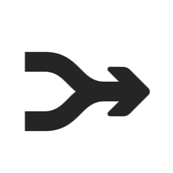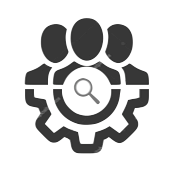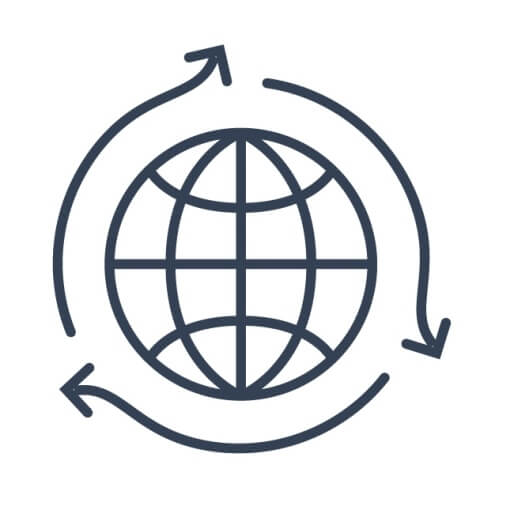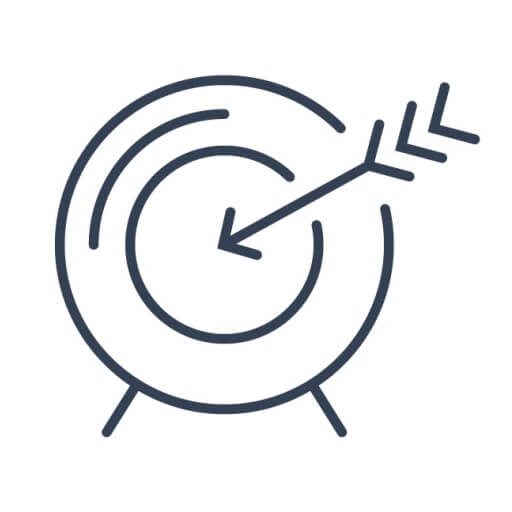Keywords: Strategy execution, Organizational learning, Organizational capabilities, Dynamic capabilities.
This article focuses on the gap between strategy definition and strategy execution and the role improving organizational learning has on it. The author suggests a way to improve the definition of organizational capabilities and what organizational members at all levels are expected to learn.
HOW TO DEFINE A STRATEGY?
Strategy is the way to close the gap between the “ideal” future and the current state.
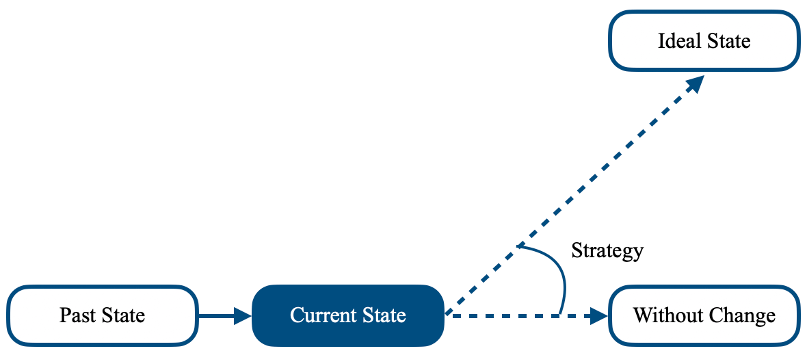
Figure 1: From vision to actions
Strategy is “an integrated set of choices that uniquely positions the firm in its industry, so as to create sustainable advantage and superior value relative to the competition.” (Lafley & Martin, 2013)
Three main building blocks can be outlined from this definition:
- Strategy is about weighting alternatives (internal choices).
- Strategy is about gaining continuous insights about the market (external environment).
- Strategy is about improving performance (competitive dynamics).
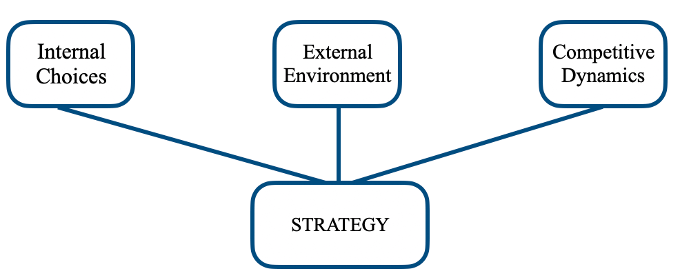
Figure 2: Strategy Building Blocks
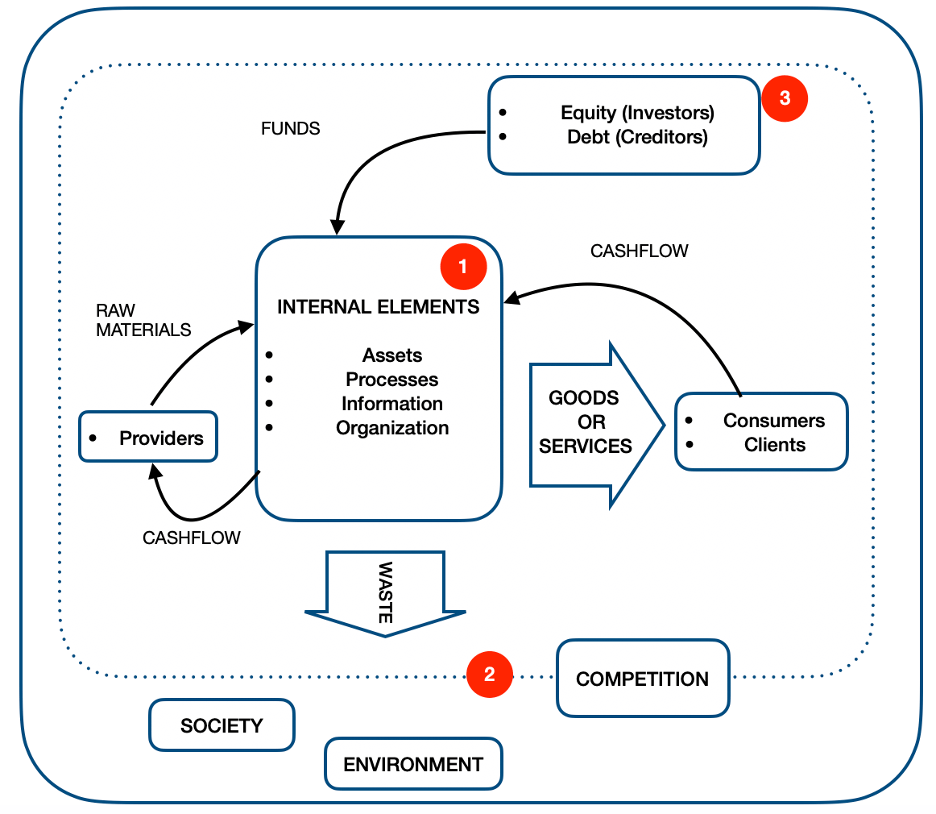
Figure 3: Link the strategy building blocks with a general model of a productive system
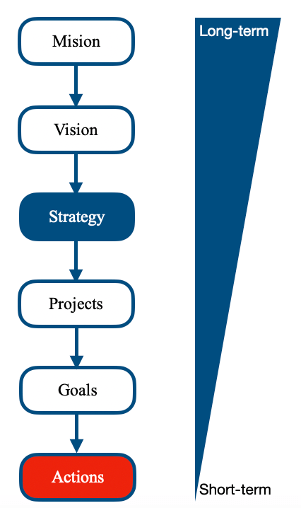
Figure 4: From strategy to actions.
Even though the path from strategy to action is clear (Figure 4), there is an apparent gap in the implementation.
90% of companies develop strategic plans, however 70% fail to achieve profitable growth (Zook & Allen, 2010). When asked, 95% of the workforce does not understand strategy (Kaplan & Norton, 2005).
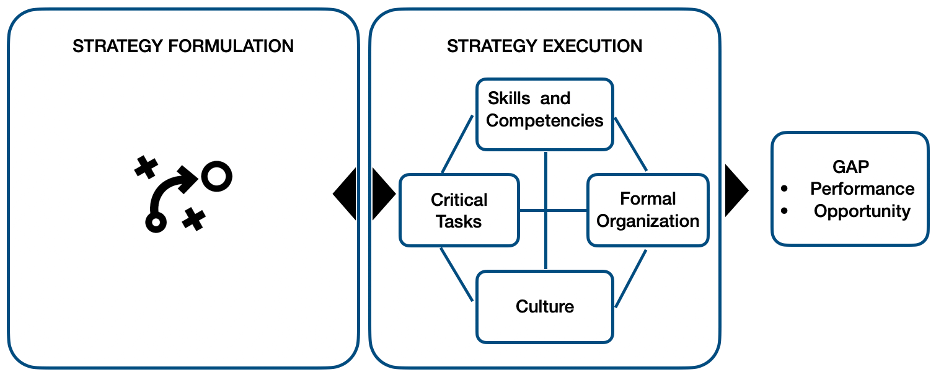
Figure 5: The four building blocks of strategy execution and the gap. Based on Harreid et al, 2007.
Figure 5 presents the Congruence Model (Harreid et al, 2007). This model implies there should be alignment between Strategy Formulation and Execution, but also between the four building blocks of execution: the organizational “hardware” (critical tasks and formal organization), and the “software” (culture and skills and competencies).
When there is a lack of alignment, two types of gaps appear:
- Performance gap. For example, company not achieving promised delivery date for new product.
- Opportunity gap. For example, company not detecting a market is open for a new product niche. This is related to the capacity of an organization to purposefully adapt.
This article will focus on the “soft” side of strategy execution – skills and competencies and culture.
FROM SKILLS AND COMPETENCIES TO CAPABILITIES
Each strategy consists of tasks to be executed. For tasks to be executed, employees at all levels need to have the right skills.
For the article, we will make the following definitions and distinctions:
| Definition – type of outcome | Meaning and example |
|---|---|
| Skill | Apply a behavior or set of behaviors to perform a task. Something that can be done “now”, in the moment. |
| Knowledge (cognitive based) | Some types of knowledge include academic knowledge, declarative knowledge, being able to understand. Knowledge corelates to skills. |
| Affect and motivation | Having a good “attitude”. For example, being curious or excited about a topic. |
| Psychological, emotional based | Joy, pride, surprise. |
| Capability | A combination of skills, knowledge, motivation, and emotion to achieve certain individual or organizational results. Example: Decision making. |
| Competency | A measure how a person or an organization perform a capability. |
Table 1: Definition of terms. Based on Pasin & Giroux, 201 and Connolly et al., 2012.
The author considers the term “capability” to be broader than just “skills and knowledge”.
Dynamic capabilities in particular is the capability of an organization to purposefully adapt an organization’s resource base (Teece et al, 1997). It is about closing the cab between said resources and the ideal state or potential the organization can achieve.
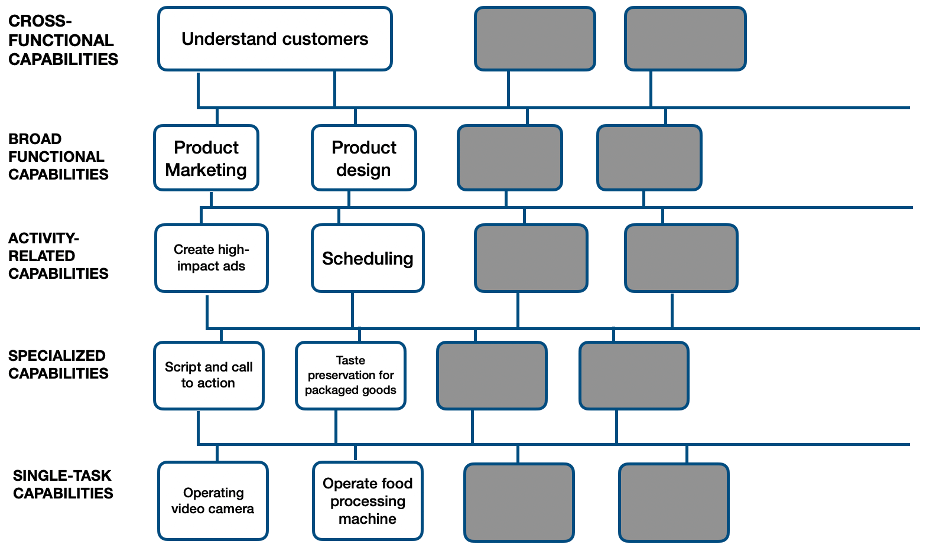
Figure 6: Organization requires a set of different capabilities. Based on Grant, 1996
Grant, 1996, suggests a way to classify capabilities based on complexity. Capabilities can also be ordered by the number of people that need to exhibit them—for example, organizational capabilities, team capabilities, leadership capabilities, and individual capabilities.
ORGANIZATIONAL CULTURE
Culture is a collective behaviors and attitudes. Schein, 1990, defines it as “a pattern of shared basic assumptions learned by a group as it solved its problems of external adaptation and internal integration.”
Culture where organization knowledge is stored, it is like the operational system (OS) of the organization. A culture can see each intent to integrate a new capability as an update, or as a virus and fight it. “Culture eats strategy for breakfast” is a famous quote from legendary management consultant and writer Peter Drucker.

Figure 7: Visualization of organizational culture. Based on Schein, 1990.
This article proposes a way to adapt organizational learning by incorporating a better organizational and industry analysis. Most organizations focus on job/task analysis, but few focus on organizational and industry analysis (Salas & Cannon, 2001).
The author proposes a set of questions to define better the capabilities an organization need to develop in order to execute strategy better.
| Question | Description and example |
|---|---|
| What is the industry-specific capabilities? | Each company operates in specific industry. Each industry is subject for specific forces that shape competitors. For example, fast moving goods industry should excel in analyzing market preferences, produce at scale and market products. Some options to consider in “industry-specific” bucket are regulations, cost control, efficiency, speed and availability, constant changes. |
| What trends and changes are impacting the industry? | What capabilities would need an organization to develop in a better search for opportunities and predict demand better? Examples of events that impact an organization might be an economy cycle or a strategic move from a major competitor. |
| What is the competitive advantage of the organization and its strategic capabilities? | This is related to how company creates value and differentiate itself from others. Some options are speed, service, constant innovation, distribution power. |
| What are the key values and culture? | Each organization has unique strengths and culture. Those are usually transmitted through real-life stories. |
| What are the “universal” capabilities? | What capability no matter the industry would benefit us? It is to be argued that capabilities like “alignment” would benefit all types of business. Research on the common values among Fortune 500 companies shows important similarity in values, starting with “ethics” on first place” |
In developing said capabilities, organizations should ask three additional questions to measure how feasible is developing a capability through learning.
| Question | Description and example |
|---|---|
| To what extent the capability can be developed or learned? | Some capabilities can be developed but other are related to personality. According to the Big Five Personality model, personality traits are relatively stable throughout adult’s life. |
| Should a capability be developed internally or recruited for? | For example, should an organization hire only ethical people, or hire unethical people and try to develop them into become more ethical? |
| Is there a proof that what a capability company wants to develop leads to the desired outcome. | Recently a major food retail chain instructed cashiers to close all transactions with the phrase “See you tomorrow”. The possible outcome for this organization is to increase store visits and revenue. It is to be seen if this capability although successfully adopted will lead to the desired outcome. |
Future research should focus on the importance to define and develop the capabilities at all levels in the organization. For example, understanding what the competitive advantage is of an business should be taught not only to middle and top management, as usually done. Business acumen should be developed at all levels within the organization.
REFERENCES
Connolly, T. M., Boyle, E. A., MacArthur, E., Hainey, T., & Boyle, J. M. (2012). A systematic literature review of empirical evidence on computer games and serious games. Computers &Amp; Education, 59(2), 661–686.
David J. Teece, Gary P. Pisano, & Amy Shuen. (1997). Dynamic capabilities and strategic management. Strategic Management Journal, 18(7), 509–533.
Grant, R. M. (1996). Prospering in Dynamically-Competitive Environments: Organizational Capability as Knowledge Integration. Organization Science, 7(4), 375–387.
Harreid, J. B., O’Reilly III, C. A., & Tushman, M. L. (2007). Dynamic capabilities at IBM: Driving strategy into action. California Management Review, 49(4), 21-43.
Lafley, A. G., & Martin, R. L. (2013). Playing to Win: How Strategy Really Works. Harvard Business Review Press.
Pasin, F., & Giroux, H. (2011). The impact of a simulation game on operations management education. Computers &Amp; Education, 57(1), 1240–1254.
Robert S. Kaplan, & David P. Norton. (2005). The office of strategy management. Harvard Business Review, 83(10), 72–80, 157.
Salas, E., & Cannon-Bowers, J. A. (2001). The Science of Training: A Decade of Progress. Annual Review of Psychology, 52(1), 471–499.
Schein, E. H. (1990). Organizational culture. American Psychologist, 45(2), 109-119.
Zook, C., & Allen, J. (2010). Profit from the Core: A Return to Growth in Turbulent Times. Harvard Business Review Press.

